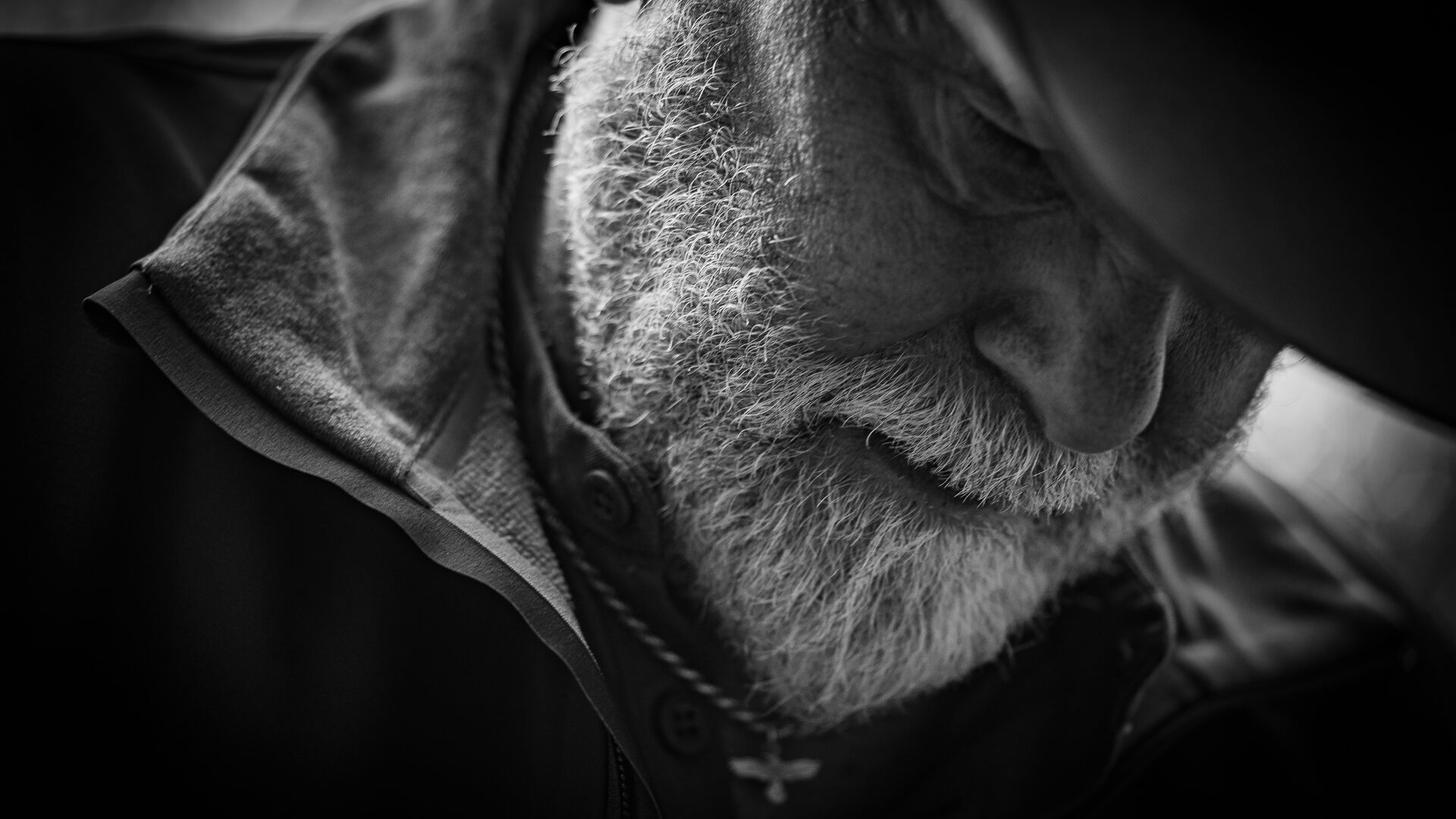Some shooters just don’t get it, probably because they spend too much time shooting from the bench. From the standpoint of practical rifle shooting, the bench rest has no place. You can easily manage a bad trigger from the bench because 90 % of your concentration in on the trigger and only 10% on the sight picture. When you’re shooting off-hand the exact opposite is true. 90% of your focus is on sight alignment and only about 10% on the trigger.
Why did you miss that big buck? Very likely because your trigger sucks!
Who cares how it shot from the bench? What matters in the field is how you shoot your rifle from various positions. Like Gunsite Academy Jeff Cooper often wrote, “The most essential element of the “shootability” of rife or pistol is its trigger action.”
I conducted a test to see how much difference a good trigger could make. I started with a box stock Remington 700 with a trigger that broke reasonably clean at 5.25 pounds. First I fired three, three-shot groups from the bench at 100 yards. Then, I fired three shots from the standing, three shots from the kneeling, and three shots from the seated position, all at 100 yards. (Every three-shot group was fired within 30 seconds.) The results are shown below:
Bench Rest Groups – Factory Trigger
1.41 inches, 1.96 inches, 1.86 inches
Average Group Size: 1.74 inches

Off Hand Score – Factory Trigger
62 0 X out of possible 90-9X (9 inch + group)

The next day I installed a Timney trigger, adjusted to break at 2.5 pounds. I then repeated the drill from the day before. The results are shown below.
Bench Rest Groups – Timney Trigger
1.15 inches, 2.39 inches, 2.58 inches
Average Group Size: 2.04 inches
Off Hand Score – Timney Trigger
Total: 79 – 3X out of possible 90-9X (7.85 inch group)

It’s reasonably clear that from the bench rest there was not a lot of difference; average group sizes were within a quarter-inch. Yes, the groups fired with the Timney trigger had a larger average but this could be within the performance range of the ammunition, or it ould have been influenced by not torquing the stock screws the same as they were from the factory. Regardless, as stated at the outset, a bad trigger can be managed from the bench.
(For what its worth, it took two shots for the rifle to settle together after trigger installation/stock removal. Those two shots landed six inches apart and the third shot returned to the original zero. Keep this in mind if you ever remove your action from the stock.)
The off-hand shooting is where the stark difference appeared. During the first nine shots with the factory trigger, I horrifically missed the 12-inch target with one shot from the standing position! The other eight shots grouped into a nine-inch cluster, but not a single shot landed in the X or 10 ring.
The off-hand shooting with the Timney trigger was much better, maybe more so than the score represents. Four of the shots landed in the ten ring and three of those were Xs! There were more than twice as many shots in the black on the target shot with the better trigger. Comparatively speaking, shooting off-hand with the factory trigger produced a pattern more like a shotgun – and you know how much I dislike shotguns.
The moral of the story is, life’s too short and targets are too small to live with a bad trigger. Visit a gunsmith or call Timney. Your other options is to just keep missing or to only shoot from a bench rest. Just remember, a bench rest is hard to find in the bush!


